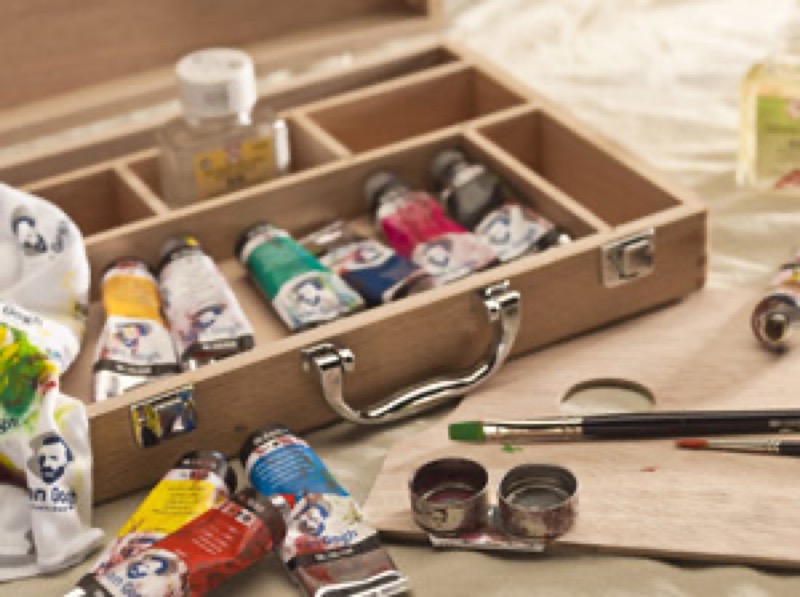Made up of pigments agglutinated in oil, colours come in tin or plastic tubes closed with a screw cap. On each tube, you will find the name of the colour, the capacity, the code used for the pigment, the type of oil and other characteristics such as the resistance, transparency and permanency of the paint.
With hundreds of oil colours available, do you feel lost in a world of choice? Here are a few helpful hints!


